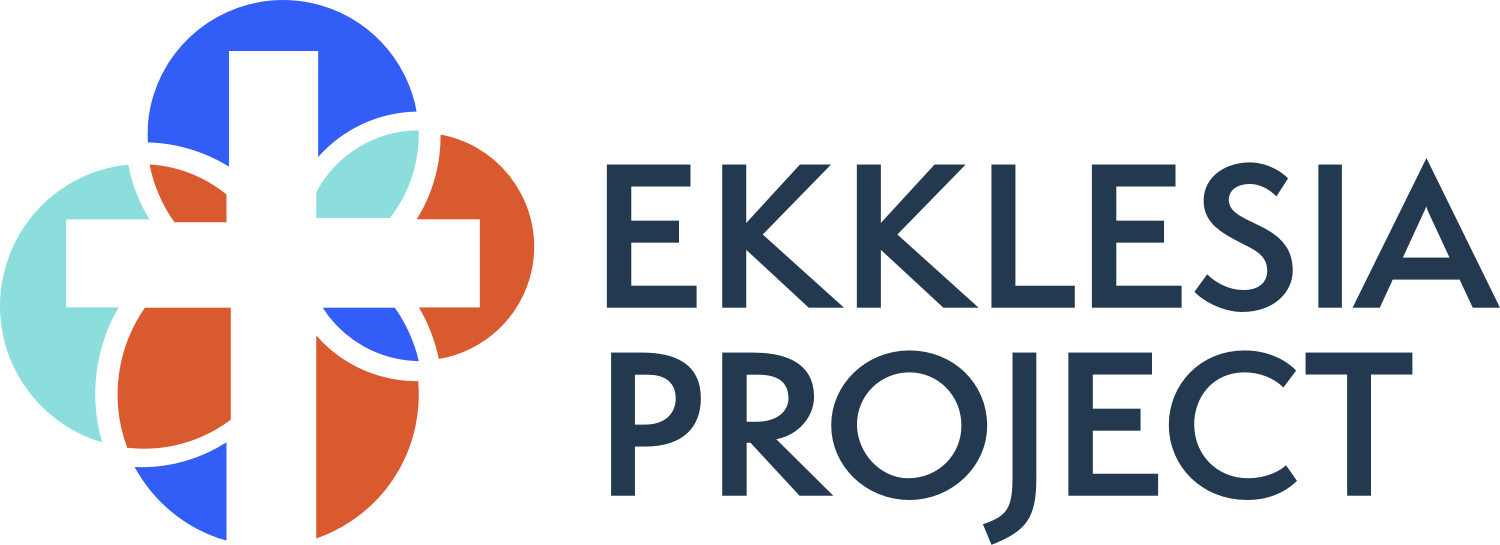The Witness of Scars
Second Sunday of Easter, Year A
I’ve been going outside a lot lately, finding my kin and connection with the creation that I can embrace with no worry of shared infection. I’ve been watching birds, many now migrating to their Summer homes from far south to far north. I’ve been learning to identify butterflies and exploring their fascinating interconnections with plants. And I have been paying attention to trees, watching a wide variety of oaks sprout in my yard from the places they were planted by squirrels and jays.
One of the beautiful things I’ve come to recognize about trees are their scars. Look closely at any of them and you will see some evidence of the life they’ve lived--a branch shorn off by a browsing deer, a crown pierced by lightning, the enclosure of bark around an insect attack. So much of the experience of a tree is there, evident on its body, available as a witness that life keeps going.
The witness of trees has been helpful to me in this time when COVID19 has kept me away from so many I love. What a strange Holy Week, to worship in an empty church and preach into a webcam! I usually come to Easter Monday worn out, but this year I felt more depressed than tired. I missed the many bells and alleluias ringing out on Easter vigil and it just wasn’t the same lighting the Paschal fire, when its flame could not be passed, candle to candle, throughout the church. This time is like a cut on a tree trunk, a damaging pain with sap oozing to the surface.
I have also been reflecting a good deal lately on the reality of the church as the Body of Christ, a reality that has felt all the more essential as I have been unable to enjoy the Eucharist with the other members of my congregation. Our Gospel reading this Second Sunday of Easter, reminds us that the body of Christ after the resurrection also has its wounds, that like a tree it continues its life while bearing witness to the realities that have formed it. That formational reality, is of course, the cross.
It would be easy to desire a faith that does away with the painful memory of the cross. Who wouldn’t want to forget such humiliation? And yet, the encounter with Thomas is critical because here we find Jesus still wounded, his body a witness not only to his triumph but also to his pain. Jesus shows us in his flesh that our past scars can remain, even in our transformation, even with in the midst of new life. Our scars become a sign all the things that did not defeat us, all of the wounds God’s life and healing overcame.
There was much talk during Lent of the ways that COVID19 invited us more deeply into the season of loss and repentance, but now that we are in a time of Easter, celebrating resurrection, how do we make sense of the continued isolation? How do we praise God with resurrection alleluias while we are still fasting from the communion of bread and cup and all the common life that come from them?
I think the answer is found in the terrified gatherings of disciples, uncertain and yet surprised by life. I think it is found in the body of a risen Lord who still has his wounds. I think it is found in the tangible witness that the cross has come and yet life returns through the power of God. We like to rush from the cross to resurrection: we like to move from Lent to Easter like flipping on a switch. Most years we can make that switch without much trouble, but this year we are invited into a slower transition, a new day that comes not in a flash of light but a gradual dawning. We need this whole season of Easter not only to celebrate fully, but also to fully recognize what resurrection means for us now.
We have time, all the time in the world, to realize the implications of Easter, so take it slow. Go on a walk and look at a tree. Wonder at its scars, all the life the tree has lived, all the obstacles it has overcome. Remember that Jesus too still carries the witness of his wounds, just as his living body is a witness to the power of God to bring life, even from death.

